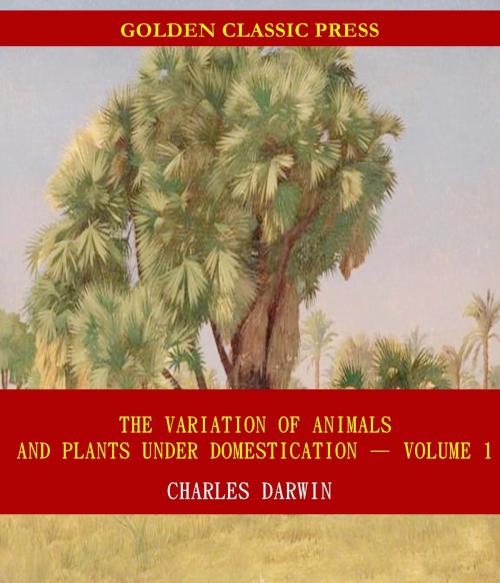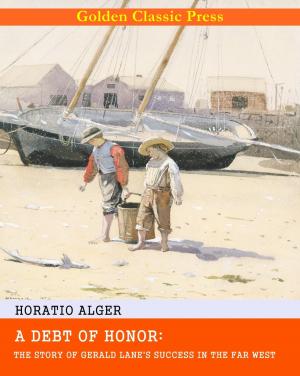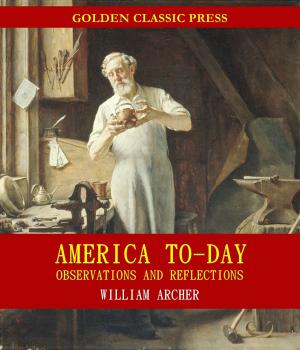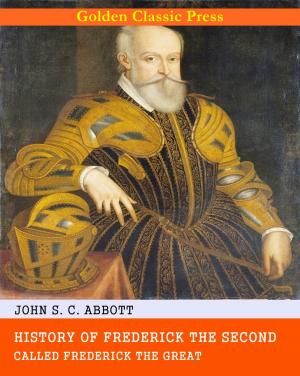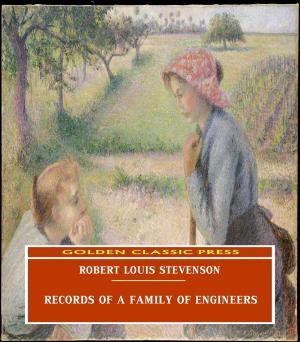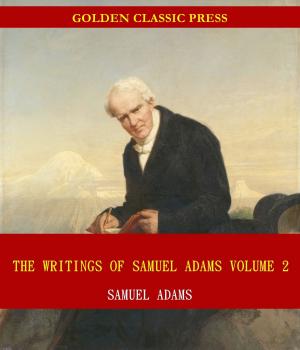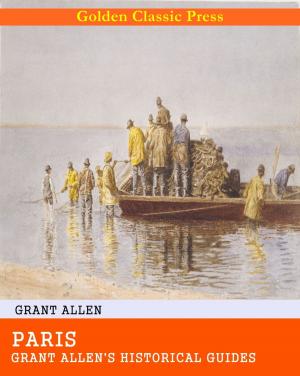The Variation of Animals and Plants under Domestication
Nonfiction, Religion & Spirituality, Philosophy, Religious, Social & Cultural Studies, History| Author: | Charles Darwin | ISBN: | 1230002981611 |
| Publisher: | GOLDEN CLASSIC PRESS | Publication: | December 7, 2018 |
| Imprint: | Language: | English |
| Author: | Charles Darwin |
| ISBN: | 1230002981611 |
| Publisher: | GOLDEN CLASSIC PRESS |
| Publication: | December 7, 2018 |
| Imprint: | |
| Language: | English |
*** Original and Unabridged Content. Made available by GOLDEN CLASSIC PRESS***
Synopsis:
Charles Darwin (1809 1882) first published this work in 1868 in two volumes. The book began as an expansion of the first two chapters of On the Origin of Species: 'Variation under Domestication' and 'Variation under Nature', and it developed into one of his largest works; Darwin referred to it as his 'big book'. Volume 1 deals with the variations introduced into species as a result of domestication, through changes in climate, diet, breeding and an absence of predators. He began with an examination of dogs and cats, comparing them with their wild counterparts, and moved on to investigate horses and asses; pigs, cattle, sheep, and goats; domestic rabbits; domestic pigeons; fowl; and finally cultivated plants. The work is a masterpiece of nineteenth-century scientific investigation; it is a key text in the development of Darwin's own thought and of the wider discipline of evolutionary biology.
*** Original and Unabridged Content. Made available by GOLDEN CLASSIC PRESS***
Synopsis:
Charles Darwin (1809 1882) first published this work in 1868 in two volumes. The book began as an expansion of the first two chapters of On the Origin of Species: 'Variation under Domestication' and 'Variation under Nature', and it developed into one of his largest works; Darwin referred to it as his 'big book'. Volume 1 deals with the variations introduced into species as a result of domestication, through changes in climate, diet, breeding and an absence of predators. He began with an examination of dogs and cats, comparing them with their wild counterparts, and moved on to investigate horses and asses; pigs, cattle, sheep, and goats; domestic rabbits; domestic pigeons; fowl; and finally cultivated plants. The work is a masterpiece of nineteenth-century scientific investigation; it is a key text in the development of Darwin's own thought and of the wider discipline of evolutionary biology.
